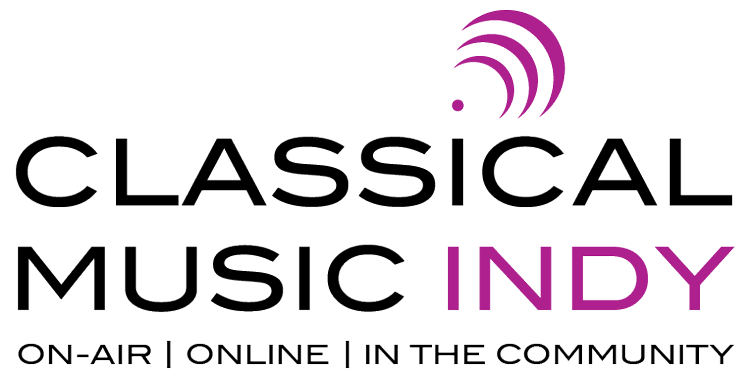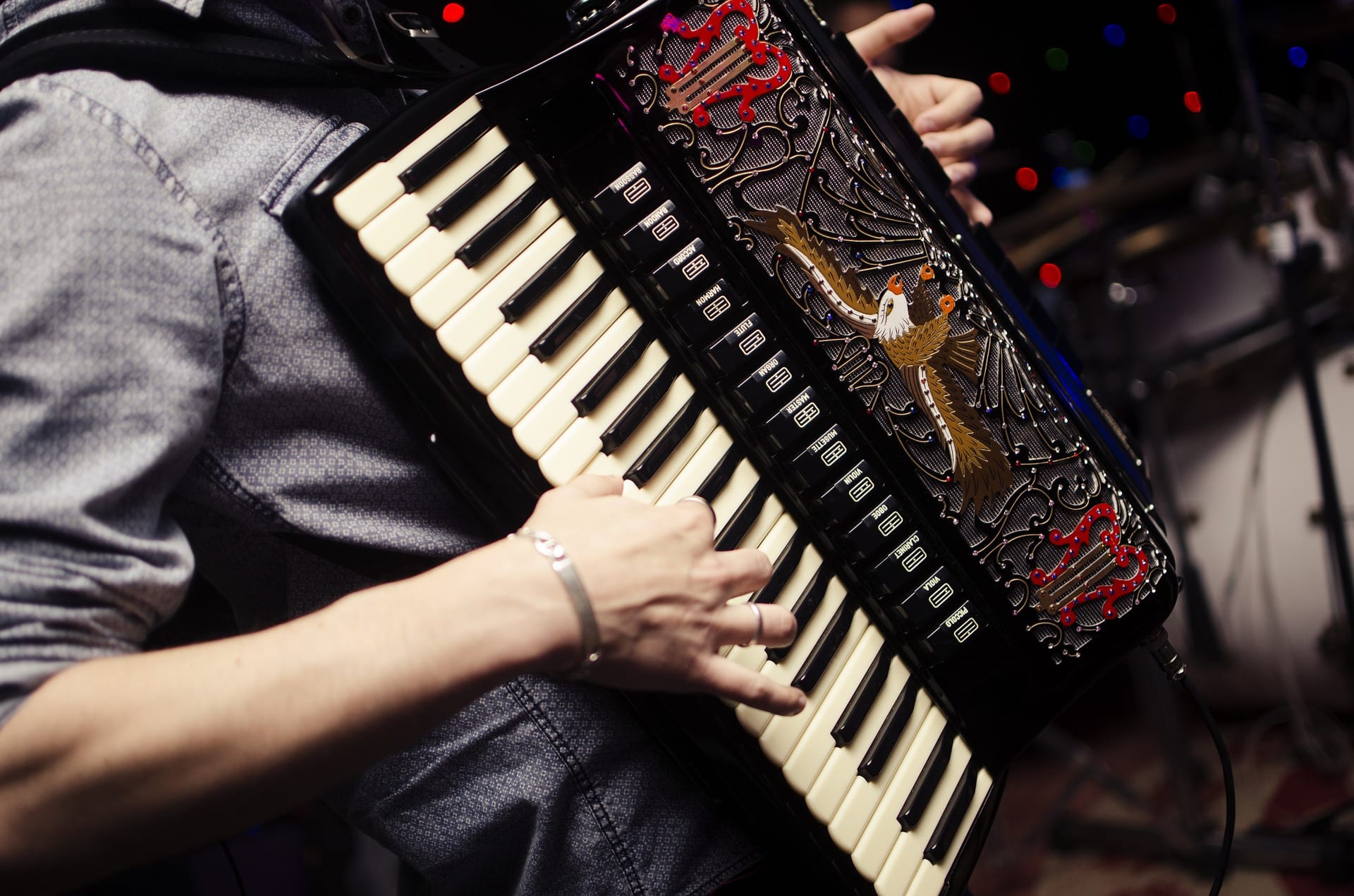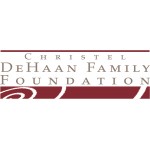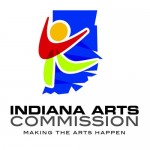Get ready to dance! Although an unfamiliar style to some, klezmer is a music that has an undeniable folk sound that is combined with rhythms of dance. This musical style uses instruments to imitate the laughter and/or weeping of the human voice and is most often heard during times of merriment. Read below to learn more, and to listen to some recordings at the end.
Klezmer: Music to Dance to
Words by Eric Salazar

Klezmer musicians at a wedding in Ukraine, ca. 1925
With the multitude of genres available to listen to today, and the melting pot of style-blending in the 21st century, it’s easy to get lost in the musical vocabulary of different music. What exactly is dropping the bass in dubstep? Why does a perfect authentic cadence feel so final in classical? When are they improvising and when are they not in jazz? All terms aside, one thing that is common across dance music is the sensation of a steady beat and driving rhythm. In other words, it’s the sound that makes you want to move.
Klezmer music is from an Eastern European Jewish musical tradition, and originally was meant to be dance music at weddings and other celebrations. Today, although one might not hear an exact replica of early klezmer repertoire, the prevalence of dance rhythms can still be heard in this style of instrumental music. One of the most unique aspects of the klezmer tradition is its strong oral tradition. For a long time, most klezmer music was learned by ear, passed down from one generation to another by sitting together and playing the music rather than writing it down.
As Jewish people immigrated to the United States in the 20th century and made efforts to assimilate to American culture, klezmer music saw a decline in performance activity. There was a period of time where klezmer music was far scarcer than what one can hear today in the U.S. Then in the 1970s, there was a klezmer revival that brought the music back into the limelight. With this renewed interest in klezmer music came a desire to write down the traditional forms of it.
In America, today’s klezmer music has been influenced by jazz, as well as intensive research on the traditional klezmer repertoire of Eastern Europe during the revival. A variety of musical scores of klezmer music that outline the traditional dance forms, but leave room for improvisation are available. Some books simply give just a key for any particular instrument, like a “fake book” in jazz, but the common modern klezmer instruments are violin, clarinet, accordion, piano, cello, bass, and flute. Below, we’ve included some examples of two common klezmer song styles:
One common song style of klezmer is the freylekhs, a circle dance in eight-eight time with an oompah beat:
Another common song style is the hora, a dance in three-eight time with a lilting beat:
The rhythms of klezmer are infectious – get dancing!







Eager to learn more about these events